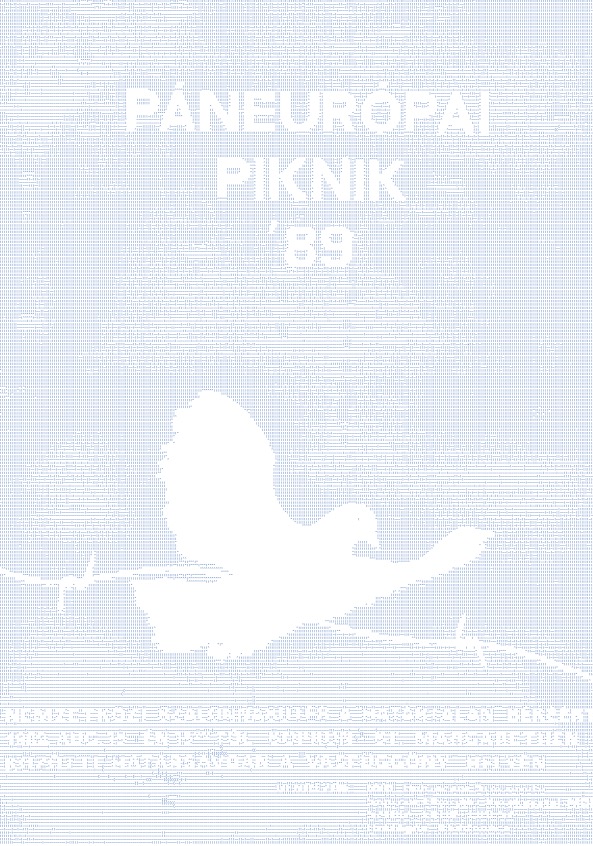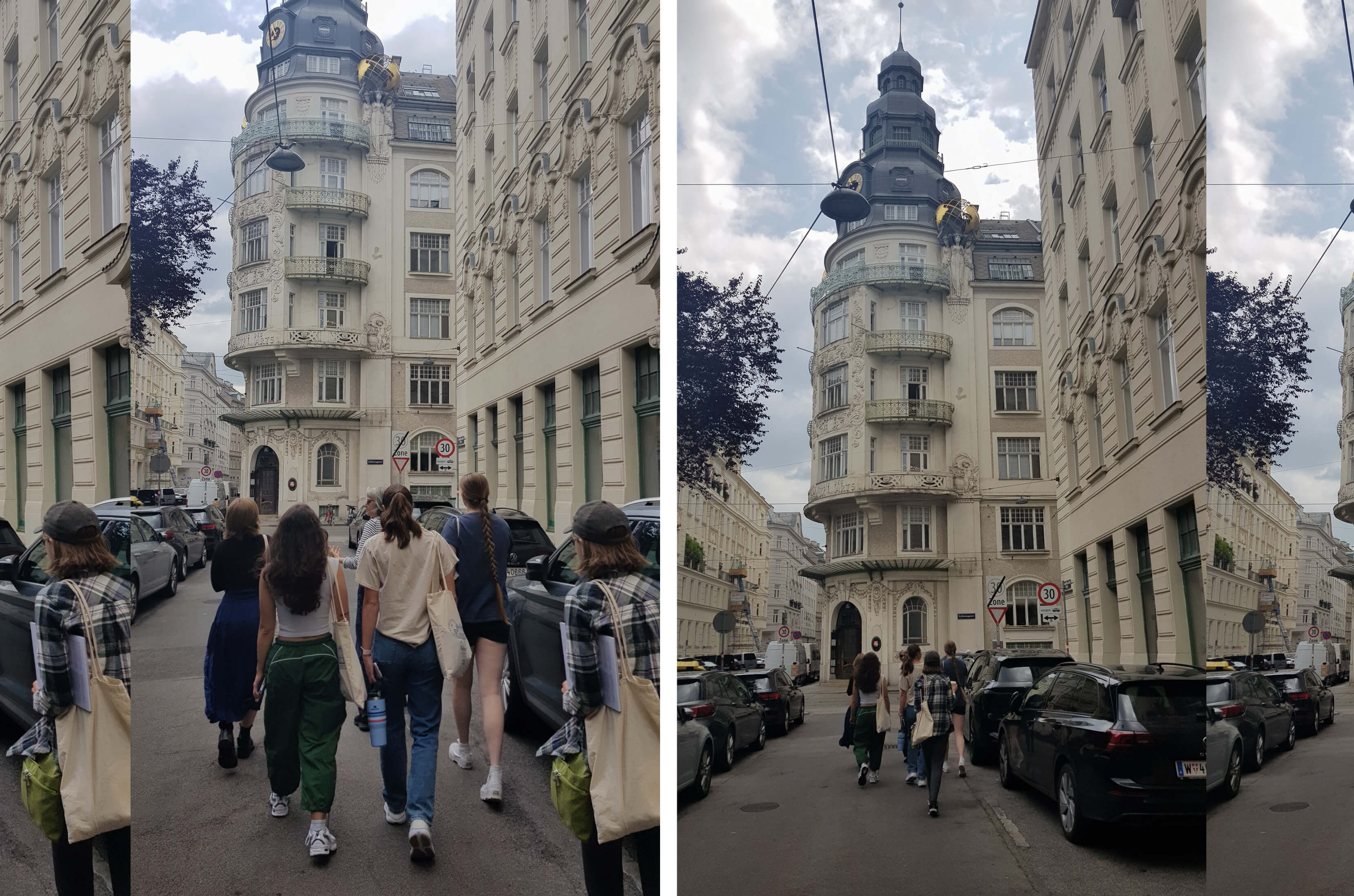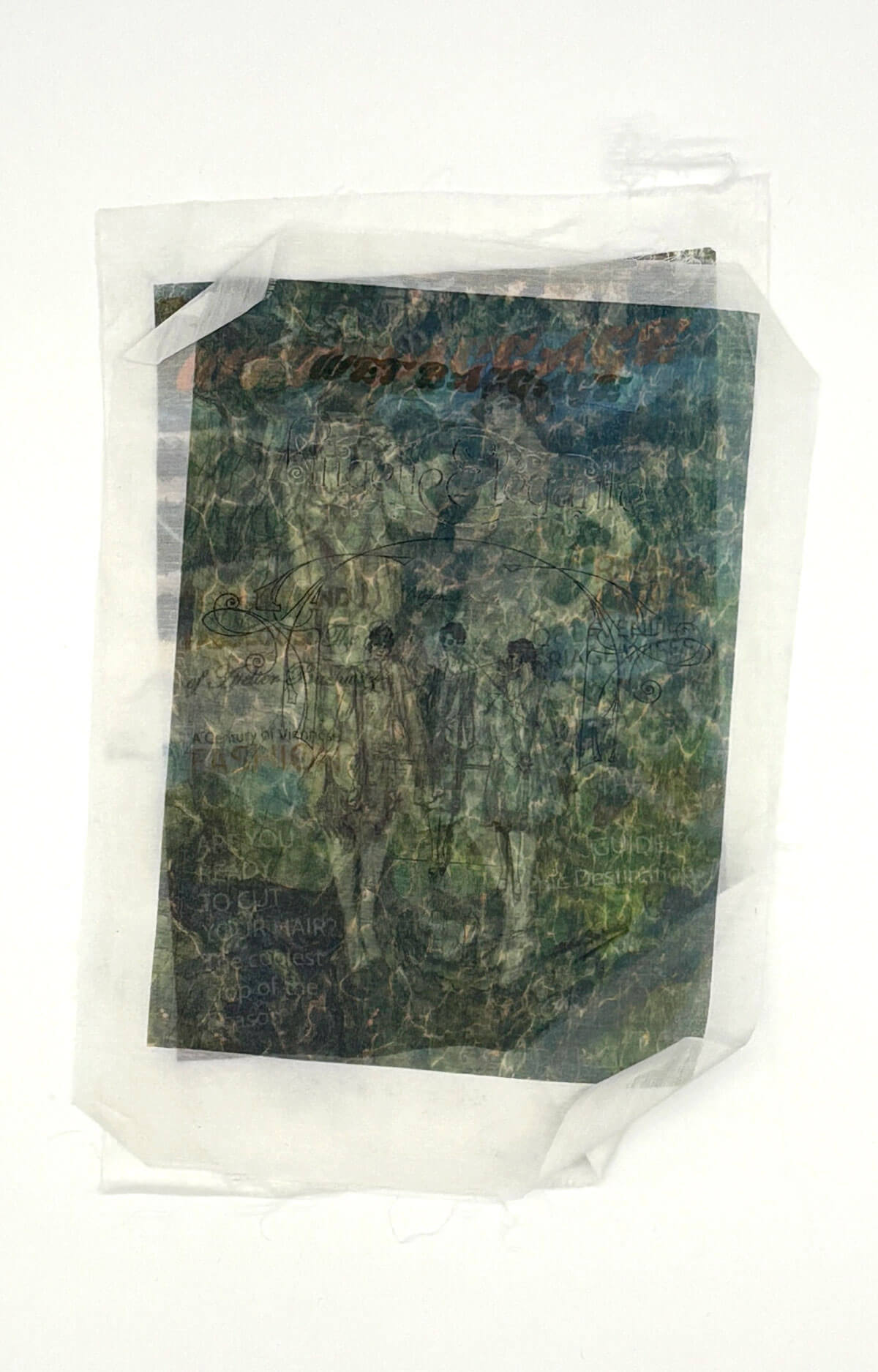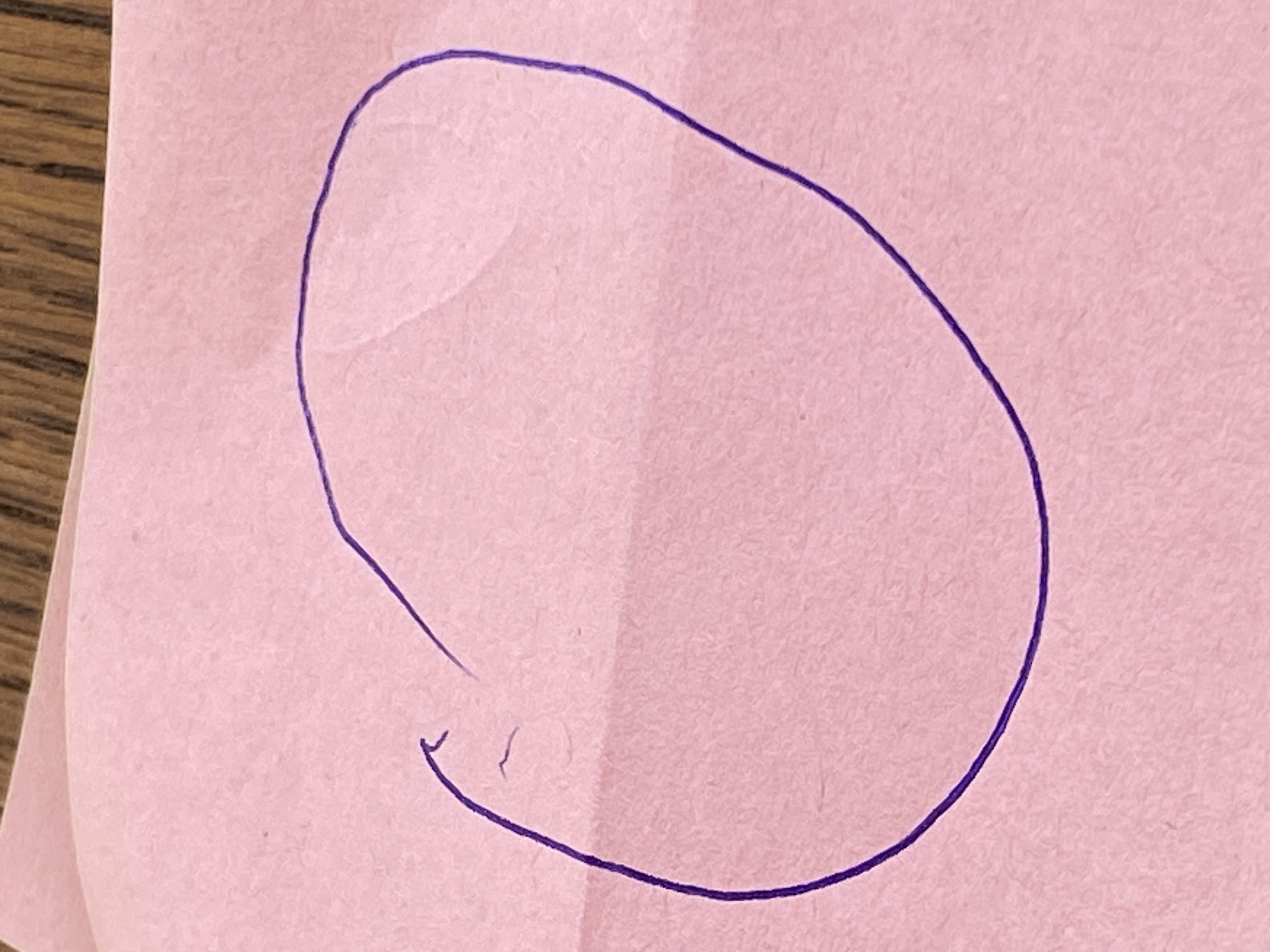



Our current understanding of the internet is dominated by telelogies of information-overload, obscure and quasi-religious subcultures, as well as secrecy, power and control. This is mirrored in the current trend of “post internet art”, which offers either apocalyptic or over-affirmative visions of the digital present and portrays the internet as a darwinistic snake pit governed by neoliberal principles, seamless virtuality, pornographic and neo-exoticist folklore, as well as post-critical compliance. The result is at best a religious resurrection, at worst an alogrithmic, post human machine world.
Terrestrum`Navis&~ff$&. Internetis.museeiis//20116 questions and counterbalances these post-digital sentiments by researching and excavating human efforts to explore the world and accumulate knowledge. By referencing the historical importance of boats, submarines and space ships, as well as the golden age of libraries, museums, and printing (1750 to fin de siecle), today’s electronic archives and digital networks are put into a larger context of exploration, navigation, discovery, collection, science and ultimately enlightenment.
The results of this open-ended theoretical and conceptual investigation were published as an essay that is at once museological manifesto, science-fiction and blue-print for the post-digital art institutions to come. At the same time, an on-site video piece seized upon the architecture of the Palais des Beaux Arts, and in particular the richly decorated, globe-shaped foyer. This transition space full of floral ornaments is juxtaposed with bare-boned museological speculations, while snippets of contemporary self-referentiality interweave the forward looking energies and global optimism of what was once known as Jugendstil - a transitional style between traditional arts and crafts, and a new, worldwide machine age.
Material - HD Video, Essay, Performance Script
Dimensions - Variable, 4min30s, 14 Pages, 2 pages
Artist - Fabian Faltin
Year - 2016
Copy Editing -
Nadežda Kinsky Müngersdorff
Very Artistic Director, Camera -
Bernhard Garnicnig
A Little History of the Wireless Icon (Eine kleine Geschichte des Wireless Icons) is an introduction into the iconographic history of wireless technologies.
English Version / German Version















with_BG%20Color_16%2002%2019_Moment_crop.jpg)


















































-Still-03.jpg)
-Still-01.jpg)























.jpeg)

























